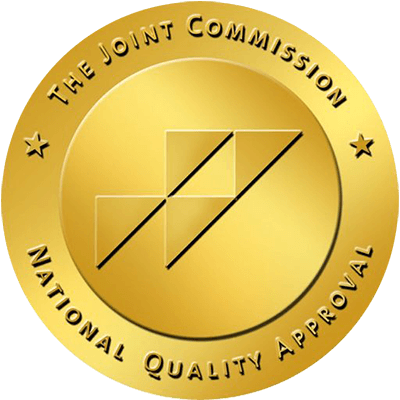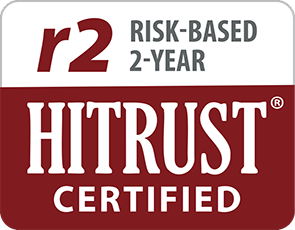Written by Ashley Kane,
Brightside Health
3 Minute Read
While we all know it’s critical for patients with high severity mental health conditions to receive timely interventions, targeted treatment pathways, and continued engagement, the reality is that few providers are able to consistently deliver on those needs. Factors like increased demand, a shortage of specialized providers, and reimbursement models have historically made this challenging to accomplish. But thanks to innovative partnerships with virtual care platforms, health systems today can integrate new approaches to effectively treat high-severity populations.
A closer look at the problem
As the mental health crisis grows, hospitals and health systems are increasingly feeling the burden in the emergency department. Too often, staggering provider shortages leave patients in need of mental health care with nowhere else to turn. Based on a study from the Western Journal of Emergency Medication, ED visits for MHSA conditions are rising and 14.2% of patients return within 30 days. Difficulties implementing screening programs and managing comorbid mental health issues in specialty clinics only exacerbate the problem.
The keys to a successful care strategy
Virtual care can be a powerful solution to many of the issues facing high-severity mental health cases today, and should be applied as part of the greater strategy for traditional health systems. Not only does virtual care offer clinical-grade behavioral treatment to a broader set of people with complex conditions, it also helps solve multiple challenges.
1. Timely access & intervention
Scaled virtual mental health care platforms enable timely access and availability to care—both during critical periods and follow-ups. With tools to support a national network of vetted clinicians, 92% of our patients get seen within five days.
2. The right treatment pathways
A comprehensive offering of psychiatry, therapy, crisis services, and care coordination ensure that patients get the right levels of care for their unique needs. Further innovations in AI, machine learning, and data analytics enhances providers’ ability to personalize and optimize care.
3. Continued engagement
Engagement has always required additional resources and extra effort from staff who may already be stretched thin. Science-backed virtual tools create more options and pave a way for patients with complex needs to stay engaged between sessions. Our data shows that with continued engagement, high-severity populations attain better outcomes.
The proof is in the numbers
Several of our peer-reviewed studies have demonstrated the efficacy of our virtual care model in treating high-severity mental health conditions. Here are some highlights:
- 75% of patients achieved remission after 12 weeks of treatment
- 50% graduated our Crisis Care program in four sessions, with 90% continuing care online
- 77% of members with suicidal ideation had remission after 12 weeks of treatment
- 50% higher response and remission rates than a leading U.S. health system
Driving better outcomes together
Brightside Health offers the most comprehensive mental health care available, treating mild to severe needs. From therapy and medication management to programs for suicide risk and substance use—all individuals are able to receive treatment that includes innovative methods for maintaining engagement with an average of seven sessions per patient. These resources support health systems through a business model that aligns with better clinical outcomes and cost reduction initiatives across the behavioral health population. As health systems rethink their strategy to meet rising demand, collaborating with our proven virtual care model will yield meaningful outcomes for patients with mild to severe mental health conditions, including those with elevated suicide risk.
Ready to take the next step?
Reach out today and explore how Brightside can support your organizational strategy through simple integrations that address your service line needs.








